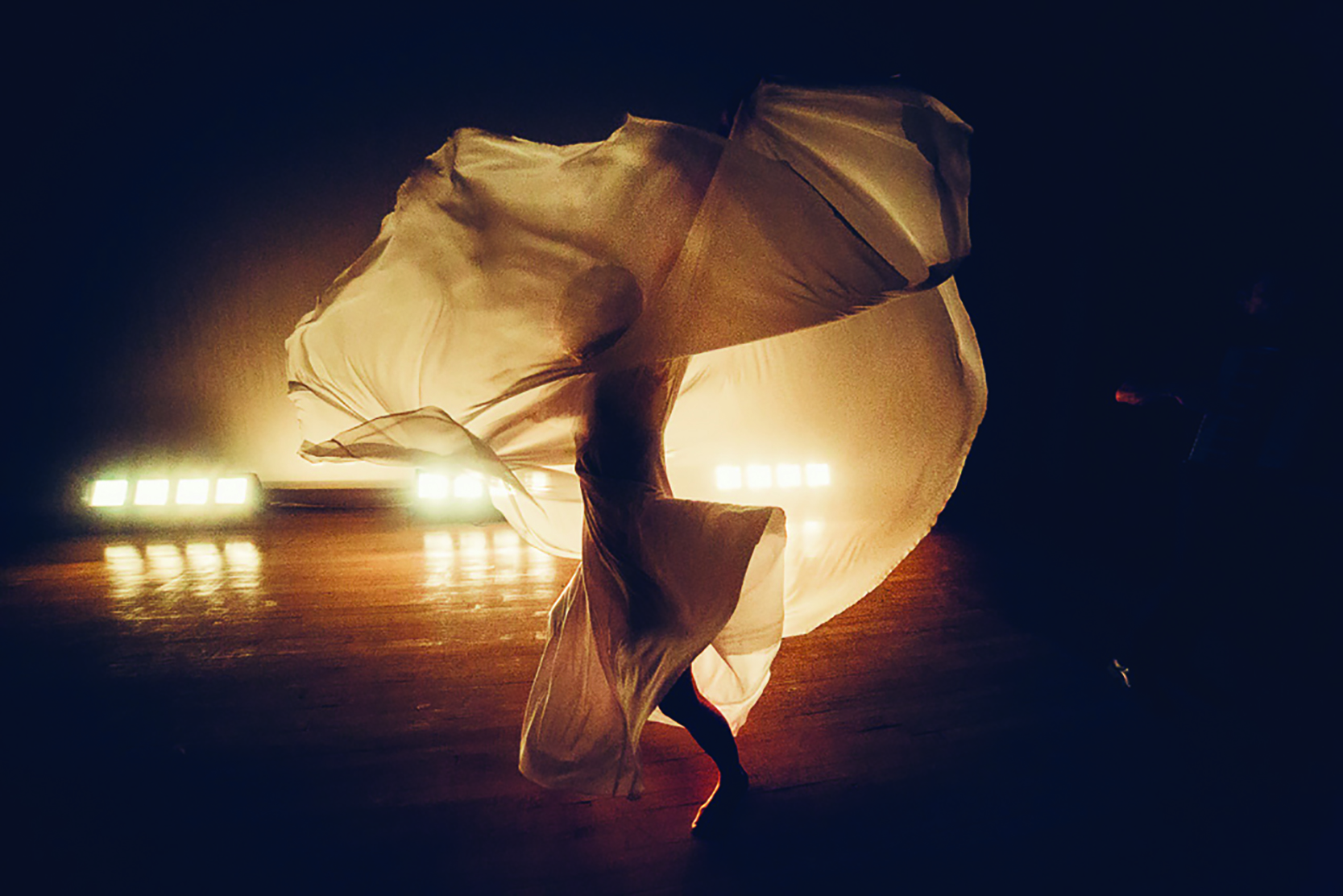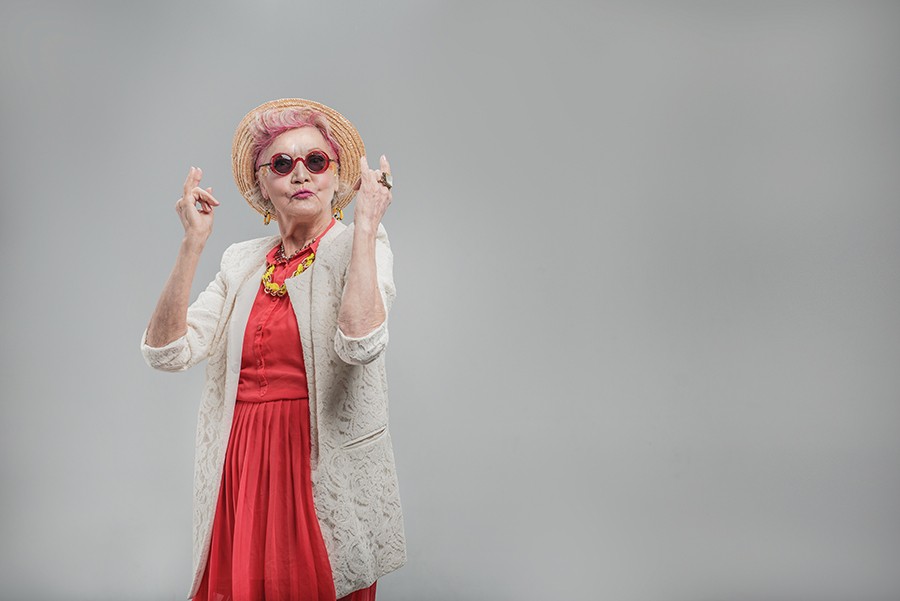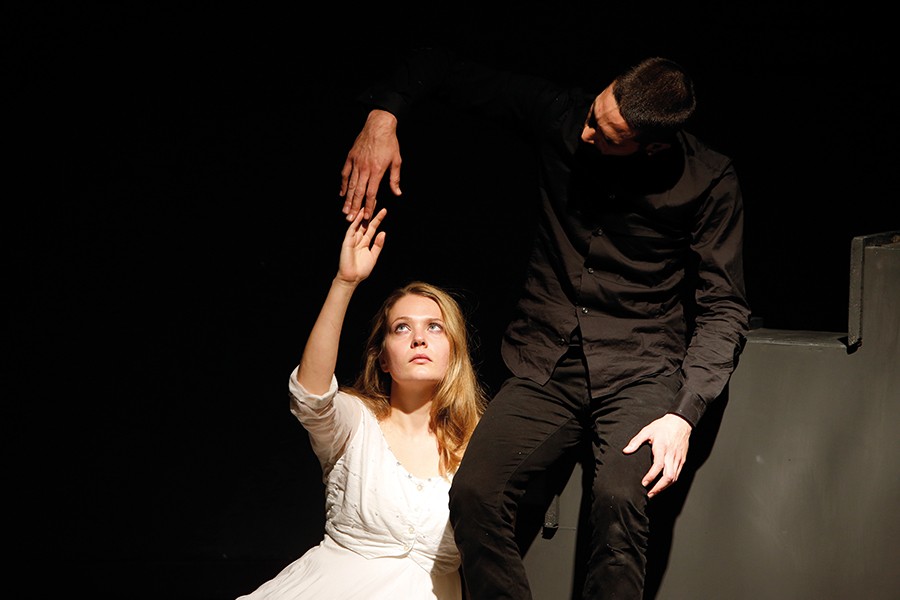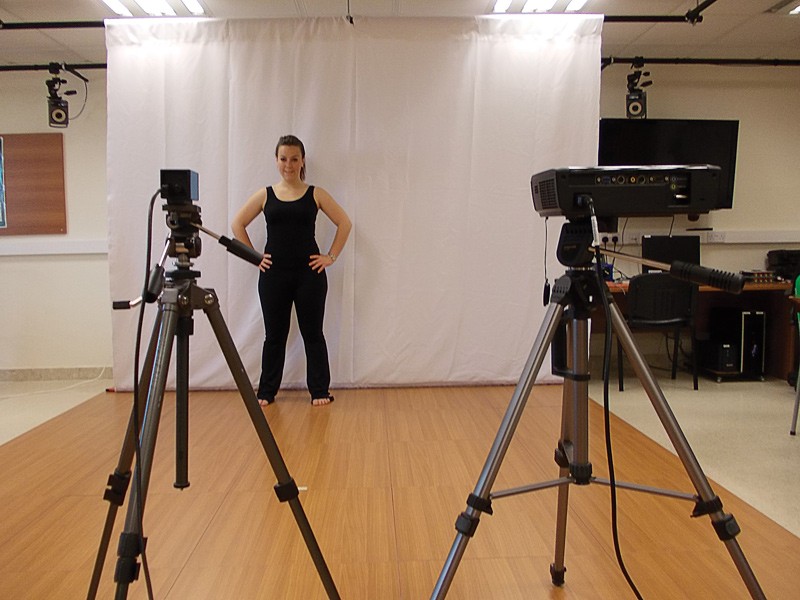La danza per tutte le età e le abilità — ‘dance for every age and every ability’, is the guiding phrase of the aptly named Dance For All programme. The programme, created by Sara Accettura, Assistant Lecturer in Dance Studies at the University of Malta, is an inclusive dance project focusing on people with learning disabilities and autism. By bringing together trained dancers, people with disabilities, and amateurs, the project is able to encourage collaboration, creativity, and communication.
Continue readingDo you speak ‘Dance’?
From professional globe-trotting performer to populist teacher, Cassi Camilleri speaks to dancer and choreographer Karolina Mielczarek about her mission to bring dance to the masses as a form of self-expression and communication.
Continue readingScience, dance, and Scotland
What if I told you that I could explain why the sky is blue through dance? All I would need is a fiddle player, a flautist, and a guitarist. By the end of it, we would all be dancing around like particles, hopefully with a better understanding of how the world around us works. This is exactly what neuroscientist and fiddle player Dr Lewis Hou does on a daily basis. Sitting through a boring science class with a teacher blabbing on about how important the information is might be a scene way too familiar for all of us. The science ceilidh (a traditional Scottish dance) aims to combat this misconception that science is all about memorising facts. Bringing people together to better understand and represent the processes within science through interpretative dance and other arts, the ceilidh has been proving a fruitful way of engaging people who would normally not be interested in science or research. ‘For us, that’s a really important guiding principle— reaching beyond those who usually engage,’ says Hou.
It all starts by bringing everyone together in one room. Researchers, musicians, and participants all get together. Researchers kick off the conversation by explaining what their work is and why it is relevant. Hou then helps the rest of the group break the scientific process down into its fundamental steps, be it photosynthesis, cell mitosis, or the lunar eclipse. The next step is translating each of the steps into a dance. And this is where everyone gets involved.
For us, that’s a really important guiding principle— reaching beyond those who usually engage.
Thinking back on how the idea came together, Hou says his first motivation to combine dance and science came when he was playing music and calling ceilidhs, all while attending as many science festivals as he could. ‘I realised there’s a big crossover with the spirit of folk music and dance—it’s all about participation and sharing. Everyone takes part even if they aren’t experts—and that is what we want to achieve in science communication. We want to encourage more people to feel able to participate without being scientists.’
‘Importantly, the nice thing about ceilidh dance is that they might be simple, but it also means that many people can join in and dance,’ emphasises Hou. Back in the studio, aft er having understood the science and its concepts, everyone works together to create the choreography. The science merges with their artistic interpretation. It is no longer something out of reach; it is now owned by everyone in the room.
Author: Abigail Galea
So you think you can’t dance?
Stalking the President, fundraising, and improving people’s lives through dance is all in a day’s work for Step up for Parkinson’s founder Natalie Muschamp, as Dawn Gillies finds out.
Bridging (through) the performing arts
Theatre, dance, and music are changing at the University of Malta. Recently, three new research groups were launched by the School of Performing Arts (SPA) with the aim of bridging different disciplines through the development of shared work processes and research areas. Through interdisciplinary research, these groups want to look outwards towards new concepts.
The groups cover three themes. First, ‘Twenty-first-Century Studies in Performance’, which is committed to the locating, reimagining, and development of performance practices in the 21st century. Second, ‘Culture and Performance’, which is guided by the premise that culture and performance refer to complexities that emerge from the multitude of phenomena these terms describe. Third, ‘Performing Arts Histories and Historiographies’, which investigates and archives material related to historical events across the performing arts. These themes are possible thanks to a web of local and international collaborations, ranging from the Digital Arts and Humanities to Cognitive Science and Intelligent Computer Systems.
These new research platforms seek to facilitate dialogue between scholars and practitioners, academics and citizens.
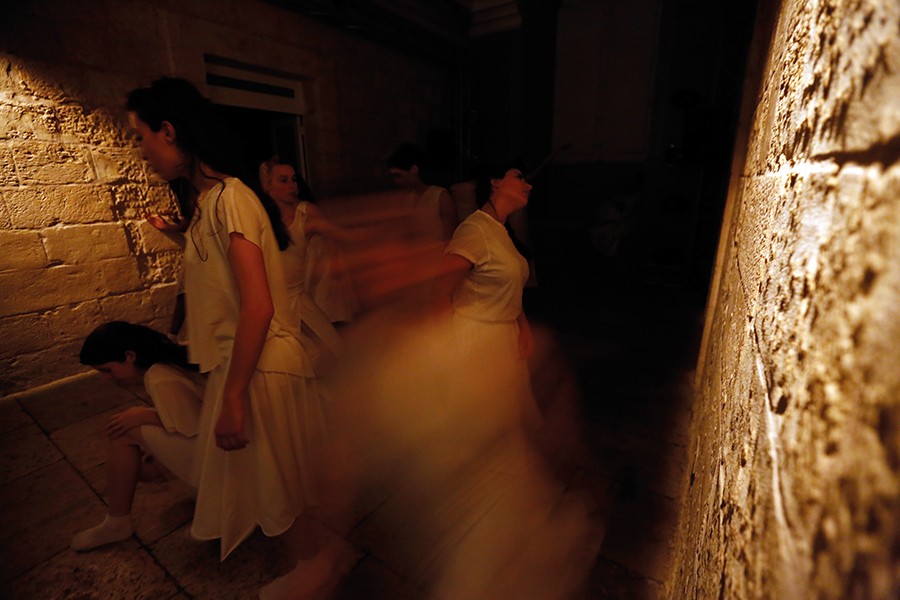
White
White is a performance about space, or the absence of it.
Once upon a time, characters were in search of an author. Today they are in search of a space. The characters, played by the students of the School of Performing Arts at the University of Malta, are lost in a corridor in-between places. Around them all is empty. A void. Like a vault, all they have is White!
Photo: Darrin Zammit Lupi
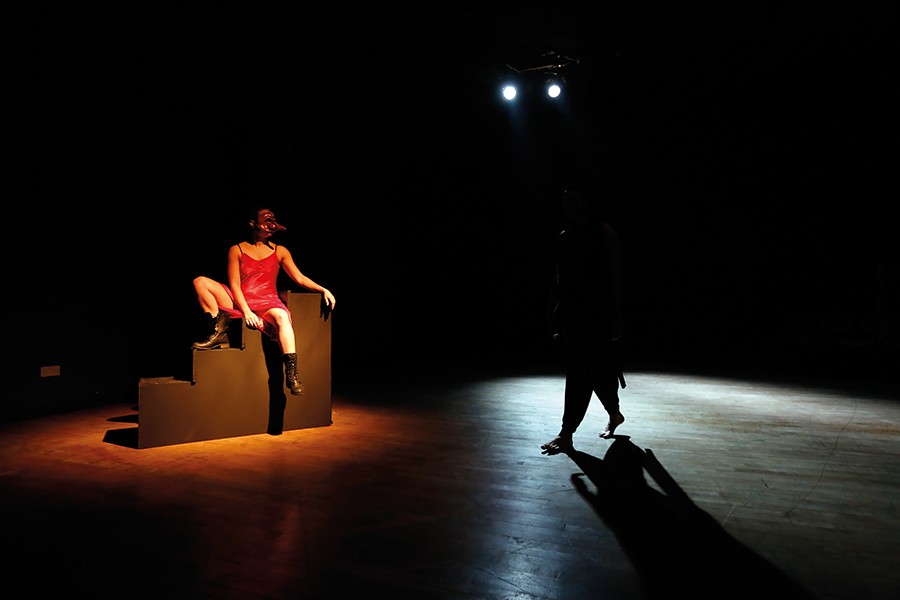
A devised performance created by the students of the School of Performing Arts, University of Malta
MITP
Photo by Darrin Zammit Lupi
SPA has an upcoming conference featuring some of the above topics called Interweaving Cultures: Theory and Practice in March 2017. For more information contact Dr Stefan Aquilina (stefan.aquilina@um.edu.mt) or, on the conference, Prof. Vicki Ann Cremona (vicki.cremona@um.edu.mt).
Theatre, Dance & Motion Tracking: Art?
The way a human tracks motion is both extraordinary and inconspicuous. In both theatre and dance, a lighting graphics engineer designs visuals and lighting to match a performer’s movement. Their motions might delight the audience but are very complex for computers to detect and interpret. Despite continuous breakthroughs, there are still many issues to overcome when tracking the human body across a stage.
Michaela Spiteri (supervised by Alexandra Bonnici) developed a system that allows dancers to control light effects through the dancer’s own movement. Mapping the movement of humans has several problems. Dancers tend to be highly flexible and perform very refined movements. The complex movements sometimes obscure certain body parts, which rapidly appear again, confusing the computer. 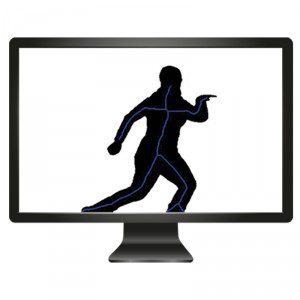
The computer tracked motion through a number of steps. First, it created a mathematical model of the background image. This technique allows the background and dancer to be separated in live video, leaving the dancer’s silhouette.
Secondly, the dancer’s silhouette was then thinned to a skeleton in order to obtain five points: head, hands and feet. A Kalman filter was applied, allowing the computer to continue to track motion even if a point was hidden. The Kalman filter predicts location by assessing past information and predicting where it would be in the future.
The study could stimulate new ways for artists to express their concepts. Additionally, the computer algorithm used can be applied in augmented reality, medicine and surveillance.
This research was performed as part of a Bachelor of Engineering (Honours) at the Faculty of Engineering.

